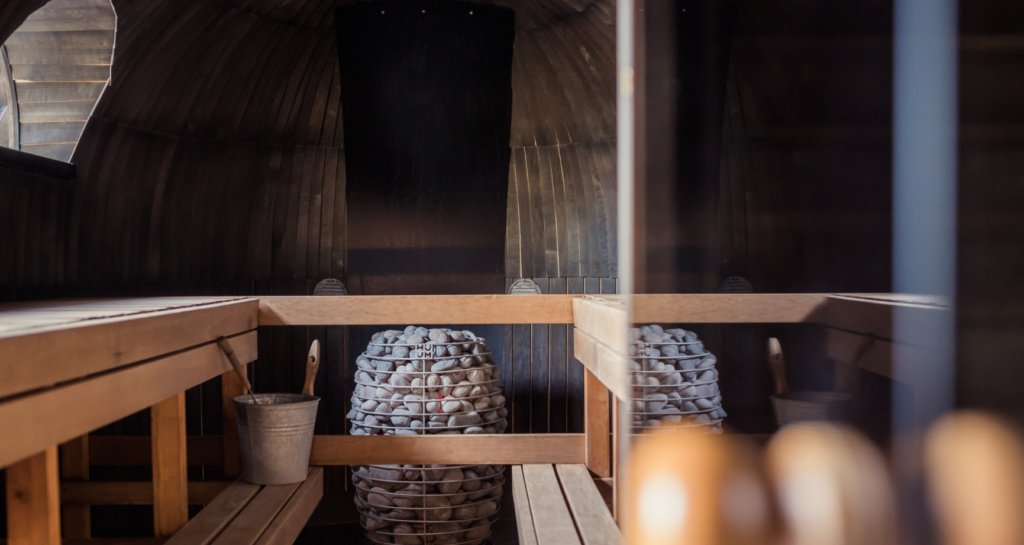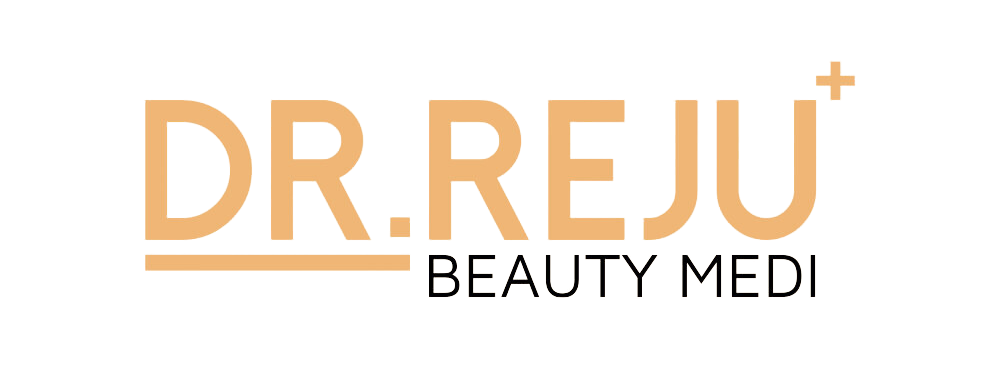Common rules include a strict prohibition on drugs and alcohol, mandatory participation in house meetings, and adherence to attendance at outside recovery meetings such as 12-step programs. Residents are usually required to submit to random drug testing, maintain a curfew, and fulfill household responsibilities like chores to foster accountability. Financial obligations are also critical, with residents expected to pay rent and contribute to living expenses to prepare for independent living. Overall, these rules create a stable and supportive environment that encourages sobriety and personal growth. These homes offer individuals in recovery a unique space where they can practice the skills acquired during intensive treatment while benefiting from a community of like-minded peers. Unlike treatment centers, sober living homes emphasize a less restrictive atmosphere, allowing residents more autonomy while providing a safety net of support.
A sober living home is a type of transitional housing that provides a safe, supportive, and structured environment for people recovering from substance abuse. Lastly, an article from Harmony Recovery Group indicates that the average cost of a 30-day residential substance abuse treatment program is about $12,500, with daily rates typically around $575. This pricing can vary based on amenities and specific services offered by different facilities. Sober house treatment programs provide a type of real-world living environment for people coming out of drug rehab. Rather than reenter a dysfunctional home environment, recovering addicts can develop essential coping skills while living in a sober home.
Sober House Directory
An American Journal of Public Health study compared individuals who lived in a sober living home to those who only received outpatient treatment or attended self-help groups. The homes usually include a kitchen, common areas and laundry accommodations. Rules vary depending on each home or accrediting organization, but most sober living homes have several rules in common.
The expectation of performing household chores and participating in life skills training programs is an important aspect of sober living. It helps residents develop important life skills and fosters a sense of community and responsibility within the household. In sober living homes, residents are expected to contribute to the maintenance and upkeep of the household.
Sober-living homes in large metropolitan areas tend to be more expensive than those in smaller towns or rural areas. Don’t let financial concerns hold you back from this essential step in your recovery journey. Contact Design for Recovery today, and let us help you find a solution that works for you.
The Difference Between Sobriety & Recovery
At Design for Recovery, we’re committed to your well-being, offering a structured and caring environment that promotes lasting sobriety. Having debt can add stress and anxiety to their recovery process, making it harder to pay for sober housing. You may also want to consider a sober living home that offers assistance in finding suitable job opportunities.
Renting in a large city like Los Angeles will be more expensive than in smaller cities, but this is normal. When searching for a sober living home, look for places with rent costs that seem reasonable. It may be beneficial to ask a friend or family member to tour the facility and make sure it is worth the rent. State, county, and city governments are increasingly regulating sober living homes, so they meet specific standards. For example, poorly maintained and monitored homes charged $1,800 per person in 2002, which, even in Southern California, was far too much money and out of keeping with average rents in the area.
Basic Needs to Luxury Amenities
Some sober living homes offer short-term stays, typically around 30 days, while others offer longer-term stays of six months or more. The length of stay can also be influenced by insurance coverage and financial resources. Sober living homes offer a range of amenities and services to support residents in their recovery journey. These amenities and services can vary depending on the location, size, and type of sober living home.
Although relapse is a common part of the recovery process, it threatens the recovery of all residents. Thus, individuals who relapse are usually removed from the sober living home as soon as possible. Many sober living homes refer the resident to a drug addiction rehab center or offer another form of treatment. Sober living houses are designed to provide a safe and supportive environment for people recovering from substance abuse. Out-of-pocket costs vary depending on program type, length of stay, services included, and insurance coverage. Luxury facilities and extended residential treatment increase overall expenses.
Drug Addiction and Pregnancy
- People are expected to be responsible for themselves and their decisions but there’s also likely a home or resident manager who enforces the house rule.
- Note that actual costs vary based on location, lifestyle, and specific needs.
- One of the primary benefits we offer our residents is there is no set limit to the length of residency.
- One of the most important factors in recovery from drug or alcohol addiction is the social support a recovering person receives during this critical time.
- Overall, the cost of sober living can vary widely depending on a number of factors.
Whether opting for a standard transitional home, a more peer-involved setting, or a specialized residence, individuals can find a personalized approach to support their journey toward sustained recovery. The various types of sober living homes contribute to the inclusivity of addiction recovery, offering a spectrum of options to meet the diverse needs of those on the path to rebuilding their lives. Non-profit organizations and charities sometimes offer crucial funding for these facilities; however, eligibility typically requires homes to possess 501(c)(3) status. Understanding the financial obligations and exploring all potential funding sources are essential steps for individuals considering sober living as part of their recovery journey. Sober living homes provide critical support for individuals transitioning from structured treatment to everyday life, which is essential for maintaining long-term sobriety.
The Role of Detoxification in Long-Term Recovery
Insurance coverage for sober living homes is generally limited since they are not classified as formal treatment programs in most policies. While some plans may cover outpatient treatments like therapy, residents often find themselves responsible for the majority of their living expenses. Government assistance, such as HUD grants, may provide support, but availability often falls short of meeting demand for sober living homes. The average stay in sober living homes typically ranges from 166 to 254 days. This duration is essential sober house as individuals transition from formal treatment to independent living.
Call today and find out how we can help you towards a healthier, happier future. Through our programs, weekly house gatherings, employment support, money management, family outreach, and a solid foundation based on the 12 Steps of Alcoholics Anonymous. We’re here to provide guidance and support for anyone on their sober living journey. Eligibility criteria and available programs vary, so we advise you to check with relevant agencies to explore potential assistance options. You might also like our articles about the cost of hair drug tests, drug and alcohol testing, or Better Help memberships.
These homes vary in terms of their size, amenities, and cost, but all offer a supportive environment for residents on their journey to sobriety. With this in mind, the amount of rent you pay to reside in a sober living home depends on several factors. With their diverse offerings, sober living homes underscore the importance of choosing an environment that aligns with individual needs and preferences.
How to Celebrate Milestones in Sobriety
These facilities create a supportive and drug-free environment that mitigates relapse risks while encouraging participation in ongoing treatment resources and mutual aid groups like Alcoholics Anonymous. For individuals who do not have insurance coverage, there are other options for funding sober living. Additionally, there are government agencies and privately owned organizations that may provide funding for sober living. Most residents find a job to pay out of pocket or set up a payment plan with the home.
Given the responsibility of covering these costs, many residents often seek part-time work or rely on financial assistance to maintain their living arrangements while focusing on recovery. After completing a rehabilitation program, it is crucial to continue with aftercare and relapse prevention. This stage of recovery focuses on maintaining sobriety and preventing relapse. Aftercare may include outpatient programs, therapy sessions, and group homes. Therefore, most insurance plans do not cover the cost of sober living homes, which can vary depending on the home’s location, amenities, and funding.


